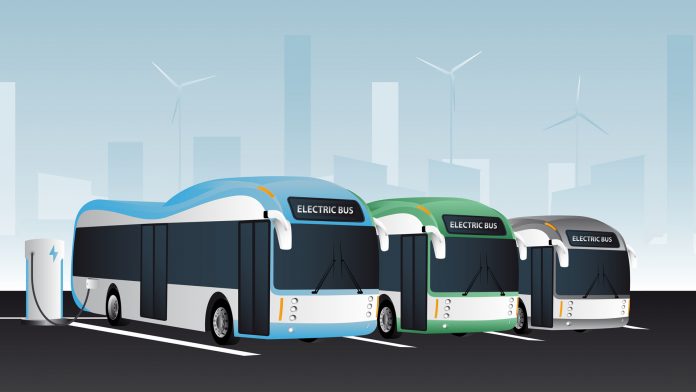Dr Carlos Ziebert, head of IAM-AWP’s Calorimeter Center, KIT, explains how calorimeters can help to develop safer, more efficient battery packs in the Horizon 2020 project HELIOS.
Electric cars and buses that are powered by a Lithium-ion battery are a strategic driver within the European Union’s new mobility strategy that should lead the transition to a clean and digital economy by reducing the carbon footprint of the transport sector by 90% by 2050. Therefore, the European Commission is investing in ground-breaking electric vehicle (EVs) know-how to make Europe a global market leader in their sustainable production and use. This will reduce dependence on Asian cell producers and place at least 30 million electric cars on Europe’s roads as substitutes for those with internal combustion engines.
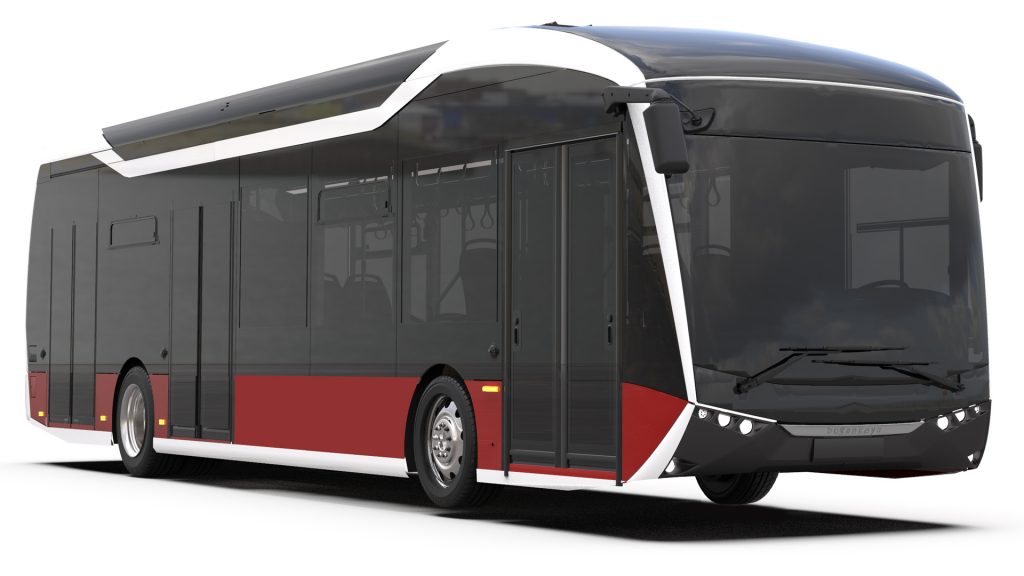
© Bozankaya
HELIOS participants
The HELIOS (High-pErformance modular battery packs for sustainable urban electrOmobility Services) project was funded under the Horizon 2020 Framework Programme. This European project, which was launched on 1 January 2021, has received approximately €10m from the European Commission. HELIOS is co-ordinated by Aarhus University (AU) and the following 18 partners from eight countries are working together on improved modular battery packs:
- Aarhus University (AU, Denmark);
- Karlsruhe Institute of Technology (KIT, Germany);
- Izmir Institute of Technology (IIT, Turkey);
- Aalto University (Finland);
- IREC (Spain);
- RDIUP (France);
- NVISION (Spain);
- VESTEL EV Charging Solutions (Turkey);
- VITESCO (Germany);
- IDNEO (Spain);
- BOZANKAYA (Turkey);
- Universitat Politécnica de Catalunya (UPC, Spain);
- Center for Solar Energy and Hydrogen Research Baden-Württemberg (ZSW, Germany);
- Danish Technological Institute (DTI, Denmark);
- TU Sofia (TUS, Bulgaria);
- TUBITAK MAM (Turkey);
- European Copper Institute (ECI, Belgium); and
- KNEIA (Spain);
From KIT the group ‘Batteries – Calorimetry and Safety’, which was recently founded at the Institute of Applied Materials – Applied Materials Physics (IAM-AWP) and is led by Dr Carlos Ziebert, is participating and bringing their expertise in the field of battery calorimetry.
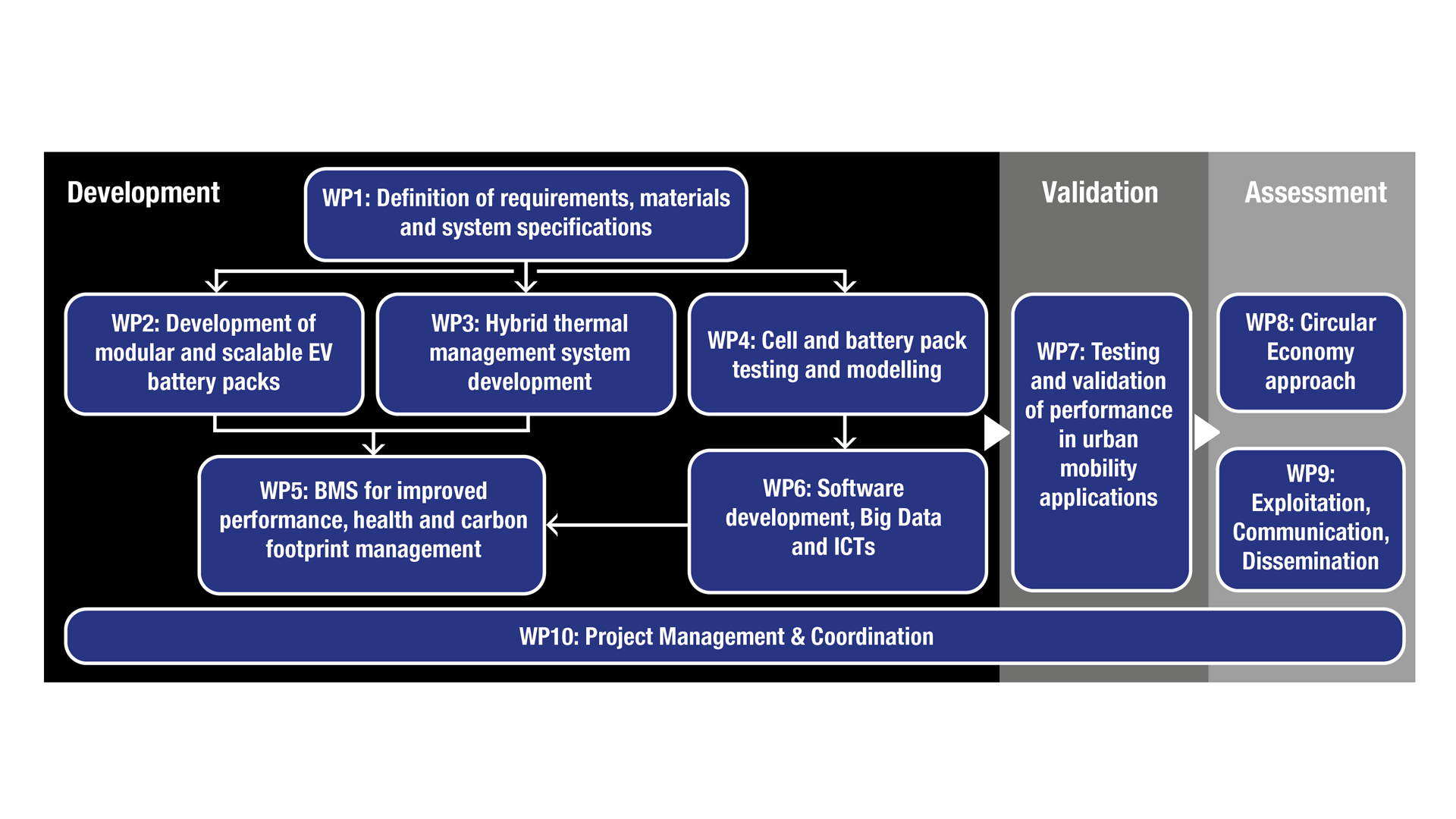
HELIOS objectives
By bringing together the expertise of industry and academia, the HELIOS project aims at developing and integrating innovative materials, designs, technologies, and processes to create a new concept of a lighter, smarter, and more eco-friendly battery pack. This battery pack should be modular and scalable for a wide range of electric vehicles used in urban electromobility services and should provide improved performance, energy density, safety, lifetime, and LCoS (Levelised Cost of Storage). The range encompasses mid-size electric vehicles to electric buses. The Sileo S12 e-bus from Bozankaya (see Fig. 2) will be used as demonstrator for the performance and improvements of the HELIOS modular battery packs.
For this purpose, novel developments that integrate hardware and software solutions for the smart control of electrical and thermal management systems that exploit advanced materials, power electronics, sensors, and cutting-edge ICT, such as cloud-based Big Data Analysis, Artificial Intelligence, and IoT (Internet of Things) technologies running in the cloud are investigated and implemented.
These combined approaches allow us:
- To increase energy and power density;
- To enhance key characteristics like ultra-high power charging;
- To improve safety;
- To improve E-fleet control and health management strategies to extend lifetime;
- To create optimised EV charge and discharge procedures and predictive maintenance schedules;
- To monitor the SOC (State of Charge), SOH (State of Health), and carbon footprint for each battery pack throughout its entire life cycle, which allows an effective integrated supply chain for the manufacture, reuse, and recycling of Li-ion battery packs to be established;
- To show better LCA (life cycle assessment, new methodologies for recycling and metal recovery after EoL (end of life), and already a material selection with better overall LCA;
- To improve battery pack design and performance with reduced LCoS based on a circular economy approach where the modular battery packs can be easily reused in a range of second life applications prior to EoL recycling; and
- To assess the HELIOS solution effectiveness in different urban electromobility models such as car-fleets and e-bus fleets.
Planned activities in Work Package 4 – ‘Cell and battery pack testing and modelling’
The HELIOS project work plan is organised into 10 linked Work Packages (WPs). The ‘Batteries – Calorimetry and Safety’ group at KIT is mainly involved in cell selection and the definition of testing scenarios. Ziebert leads Work Package 4 – ‘Cell and battery pack testing and modelling’. The main scientific objective of the work performed at KIT, DTI, and ZSW is to determine the coupled electrochemical, thermal, and safety data that are required as input parameters for the modelling or as validation data for the simulation results. These data are acquired on the materials, cells, and pack level under both normal use and abuse testing scenarios and are stored and aggregated in a database.
At KIT, six adiabatic accelerating rate calorimeters (ARCs) of different sizes (see Fig. 4) in combination with battery cyclers with different current and voltage ranges are used for quantitative studies on the heat generation and dissipation of single Li-ion cells, but also on small battery packs, during charging and discharging under defined thermal conditions. Such data make it possible to optimise charge and discharge management and to analyse ageing processes in the cells.
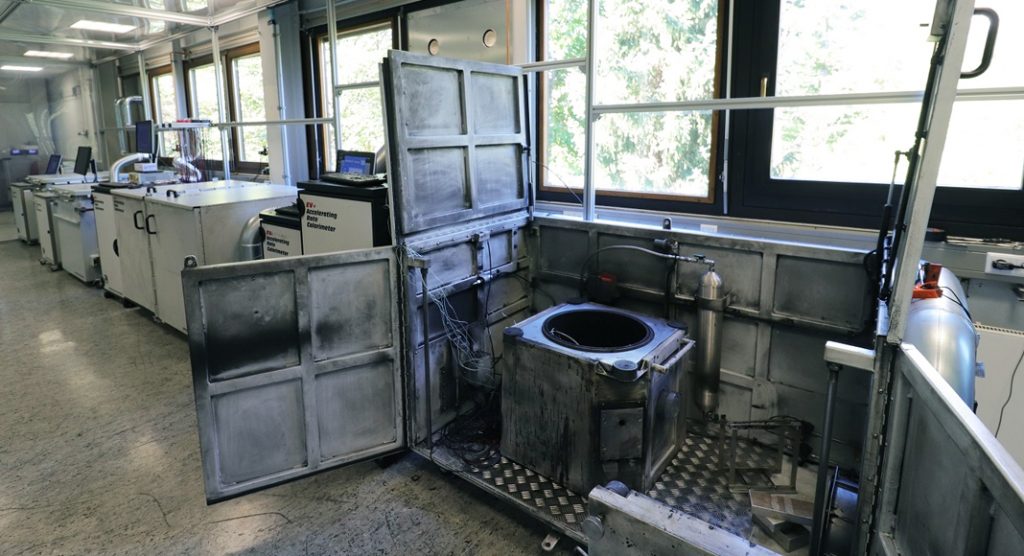
By measuring the specific heat capacity and the heat transfer coefficient, which also serve as input parameters for the thermal modelling, the measured temperature data can be converted into generated and dissipated heat data, which are needed for the adjustment of the thermal management systems and for the validation of the thermal models. Heat flux Sensors (HFS) are used to provide:
- Values for the specific heat capacity;
- Heat transfer coefficients for the different sides of a cell and;
- Values for the generated heat.
For a deeper scientific understanding of various reaction mechanisms, special electro-chemical and thermodynamic analyses are performed. For the cell operation, these include:
- The identification of the reversible heat contributions associated with the entropy of the cell reaction;
- The quantification of the irreversible heat contributions from the internal resistance of the cell; and
- The analysis of the contributions from side reactions.
The abuse or safety testing has the main objective to identify all possible risks conditions. These conditions are then analysed to clearly define mitigation measures to be used in the design, control, and usage of the cells and packs.
Using the six ARCs, abuse testing at cell level is carried out at KIT by applying electrical, mechanical, and thermal abuse test scenarios and studying the heat, gas, and pressure generation under these conditions. The self-heating and the thermal runaway are characterised to determine the critical parameters and their thresholds for safe cell operation and thermal stability.
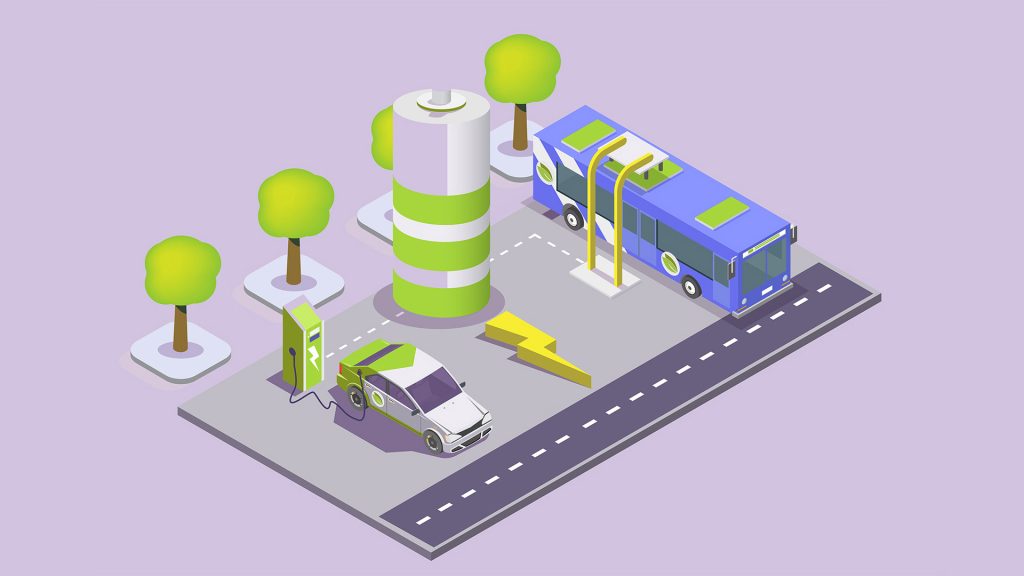
Moreover, comprehensive ageing tests are carried out at the cell level. At first, fresh cells are stored in temperature chambers at different temperatures and states of charge and then characterised at fixed time intervals in to study the influence of this storage (calendar ageing) on cell performance. Secondly, cells of the same type are aged at different charge/discharge rates or with different load profiles (full cycles, partial cycles, driving cycles (cyclic ageing)). In addition, both before and after the tests some cells are disassembled in order to characterise changes on the material level and elucidate ageing processes that have been induced by the continuous operation.
The described extensive cell testing in WP 4 will generate a large amount of data that will help to improve the different levels of modelling that will be developed in order to bring the HELIOS project to the road of success.
Acknowledgements

This project has received funding from the European Union’s Horizon 2020 research and innovation programme under grant agreement No 963646. This document reflects the view of its author only. The funding agency is not responsible for any use that may be made of the information it contains.
Additional contacts
Professor Corneliu Barbu
Project Co-ordinator
Aarhus Universitet
+45 9352 1325
coba@ece.au.dk
Tomas Jezdinsky
Communication & Dissemination Manager
European Copper Institute
tomas.jezdinsky@copperalliance.org

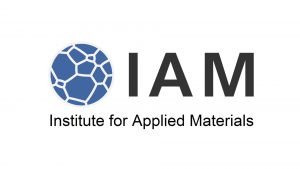 This article is a follow up from a special report on the HELIOS project.
This article is a follow up from a special report on the HELIOS project.
Please note, this article will also appear in the seventh edition of our quarterly publication.

